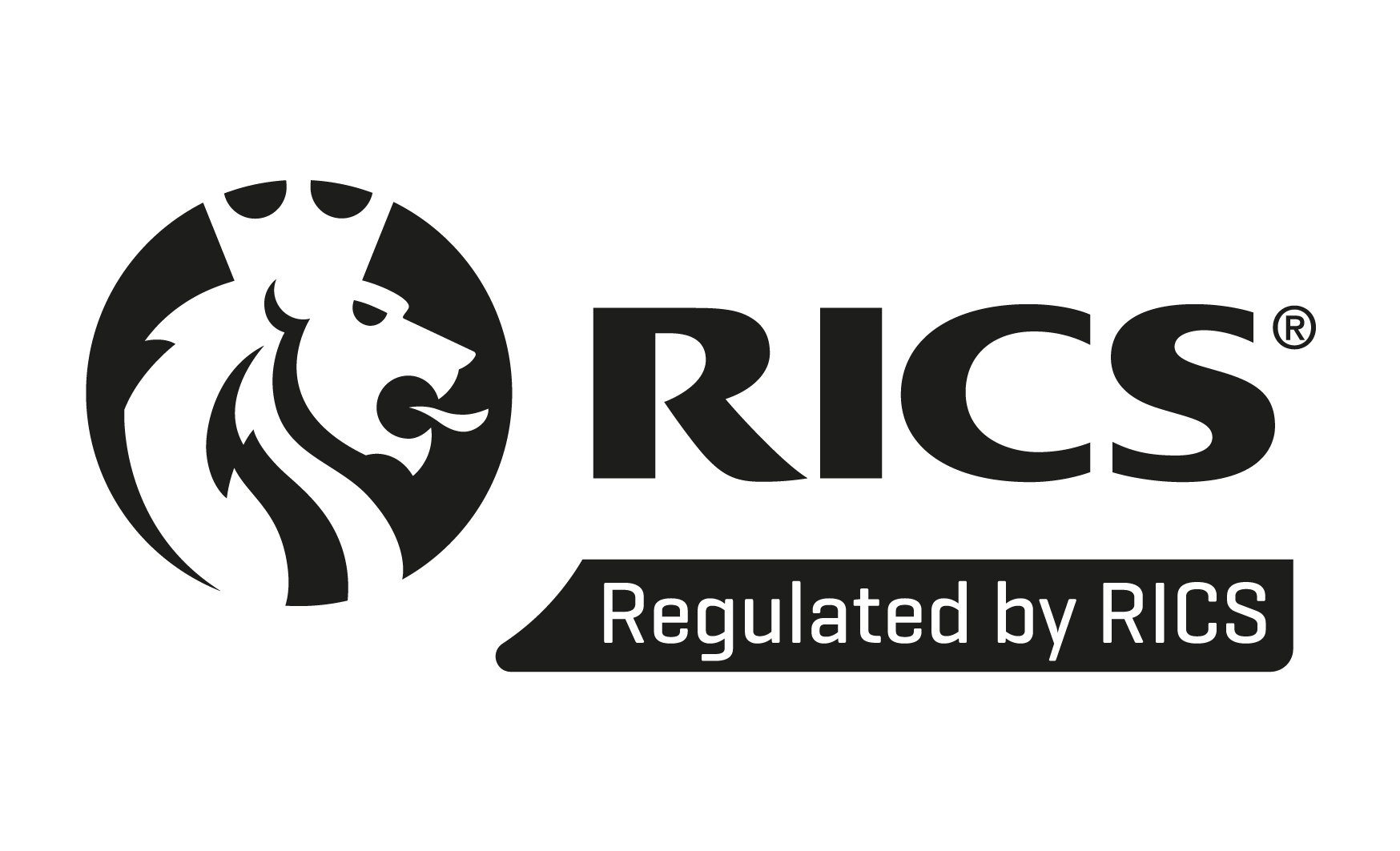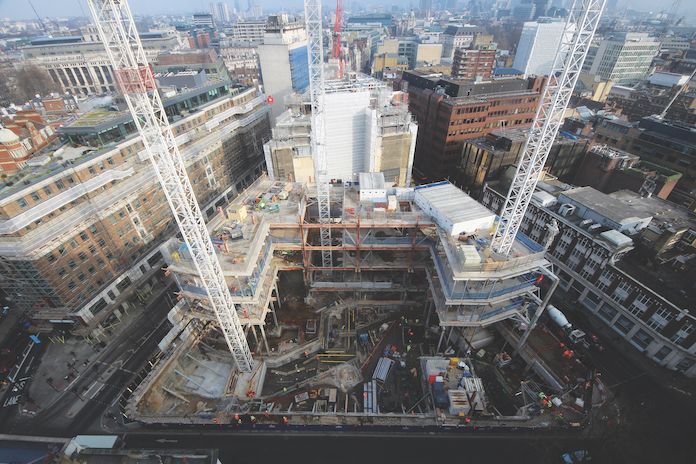Why Construction Estimating is not like Woolworth’s pick n mix
Do you have fond memories of pick n mix?

If you’re of a certain age, you’ll no doubt recall trips to Woolworth’s (which still survives in Australia I believe) and the Pick N Mix aisle. Here you could scoop your favourite sweets into a bag, which was weighed with you handing over 10p.
You had to estimate the weight knowing a quarter of a pound would cost so much and act in your budget.
Woolworth’s may be a nostalgic relic of the British high street, rubbing shoulders with C&A (still alive in Europe), Blockbuster and BHS, but its spiritual successor is still alive in high street candy stores and cinemas.
Cinemas yes, where 250 grams of sweets and a drink and popcorn can suddenly make you financially liquidate!
So why this sweet analogy on Veritas Surveying Ltd?
Simple and obvious we hope.
You should not as a construction contractor approach estimating in the same way as choosing more wine gums, or liquorice allsorts. A scoop, bag and budget are perhaps needed but in a much more strategic way.
If you’re asked to quote for a construction project, whether it’s for a 2 bedroomed double storey extension or a 15 storey residential tower, there should be some guiding principles which we outline below.
Now because the sums involved are much higher than even cinema pick n mix, there are paid professionals who can do construction estimating with you. They’re the ones who list what is needed, break down costs and factor in labour etc to make sure you’re competitive at the checkout and are not left rueing adding too many sweets to the bag, that you didn’t factor in.
Estimating
Estimating can sound very unscientific but in actual fact, it runs to the very core of whether a project is affordable and viable at the outset.
A construction estimate will try to list and predict the likely spending associated with a project. It has to look to the future too as the costs of raw materials in construction increase weekly, it seems, and there is an acute labour shortage in this industry sector and others.
An estimate assesses whether a project is affordable and is used to set a budget. These are often used to test design options to ensure they are in line with the budget.
What do initial estimates include?
First estimates might include: the costs of moving staff, fees, equipment purchase or hire, contracts that sit outside the main works and so on. Estimates are often appended by a list of assumptions too.
Contingency costs are usually included to cover risks that may arise with a project - increased material or labour costs, high domestic inflation etc - that is often set at 15% but lowered as time progresses and risks reduce.
What should be included in a construction estimate?
- Direct costs - money spent on materials, labour and equipment for example
- Indirect costs - security, admin, legal fees, permits etc
- Labour costs - including taxes and potential overtime
- Subcontract costs - for materials, equipment and labour
All of this is much more complex than picking up a scoop and choosing your favourite sweets.
You need a construction estimation specialist on your side to make sure your quote is competitive, your project is viable and you will see a good return on investment longer term.




